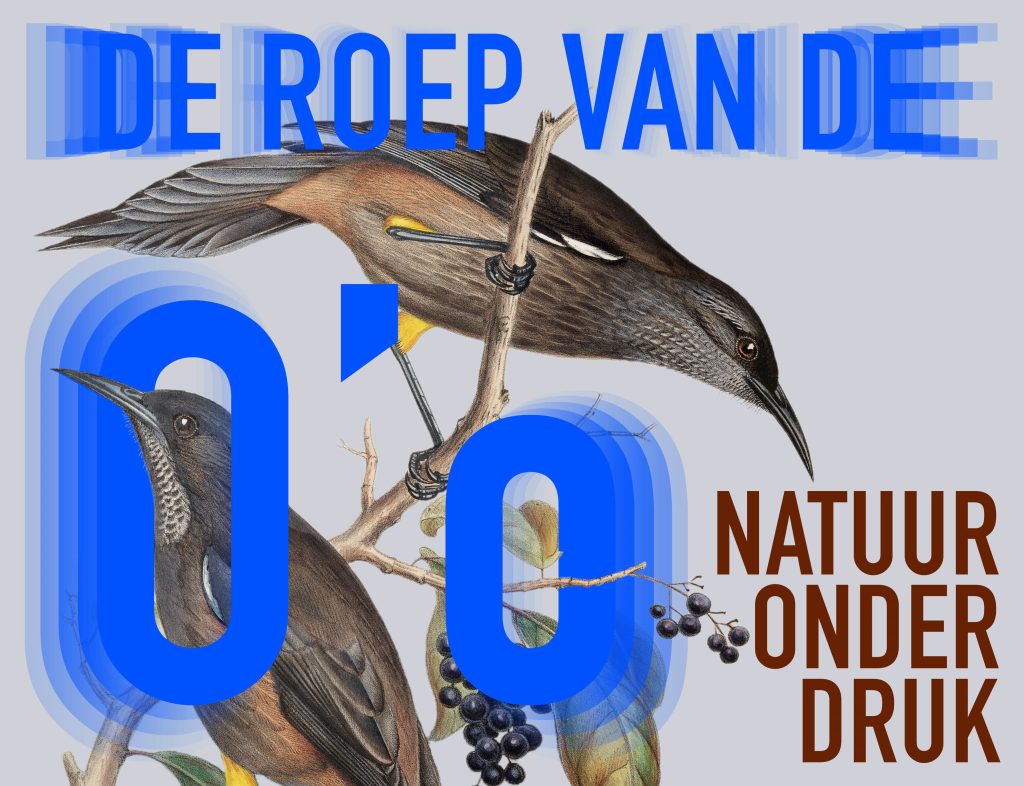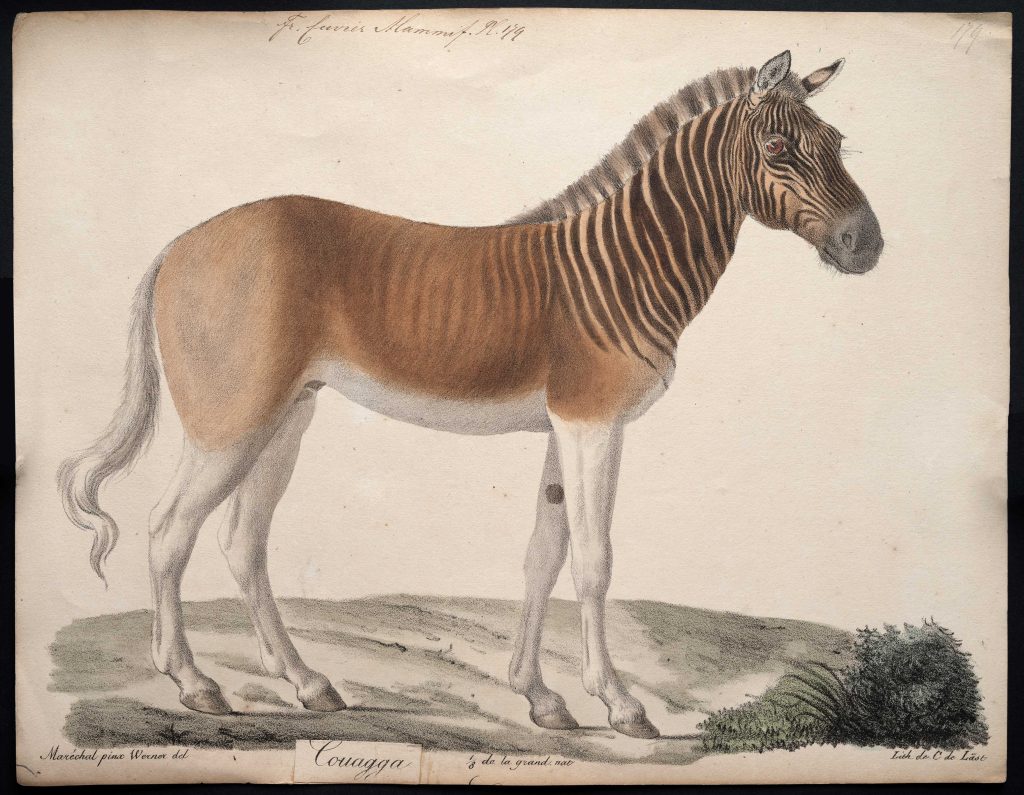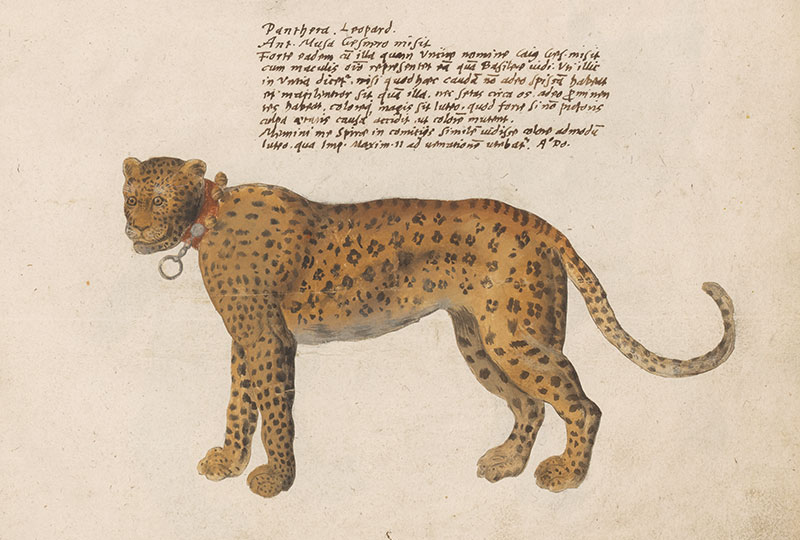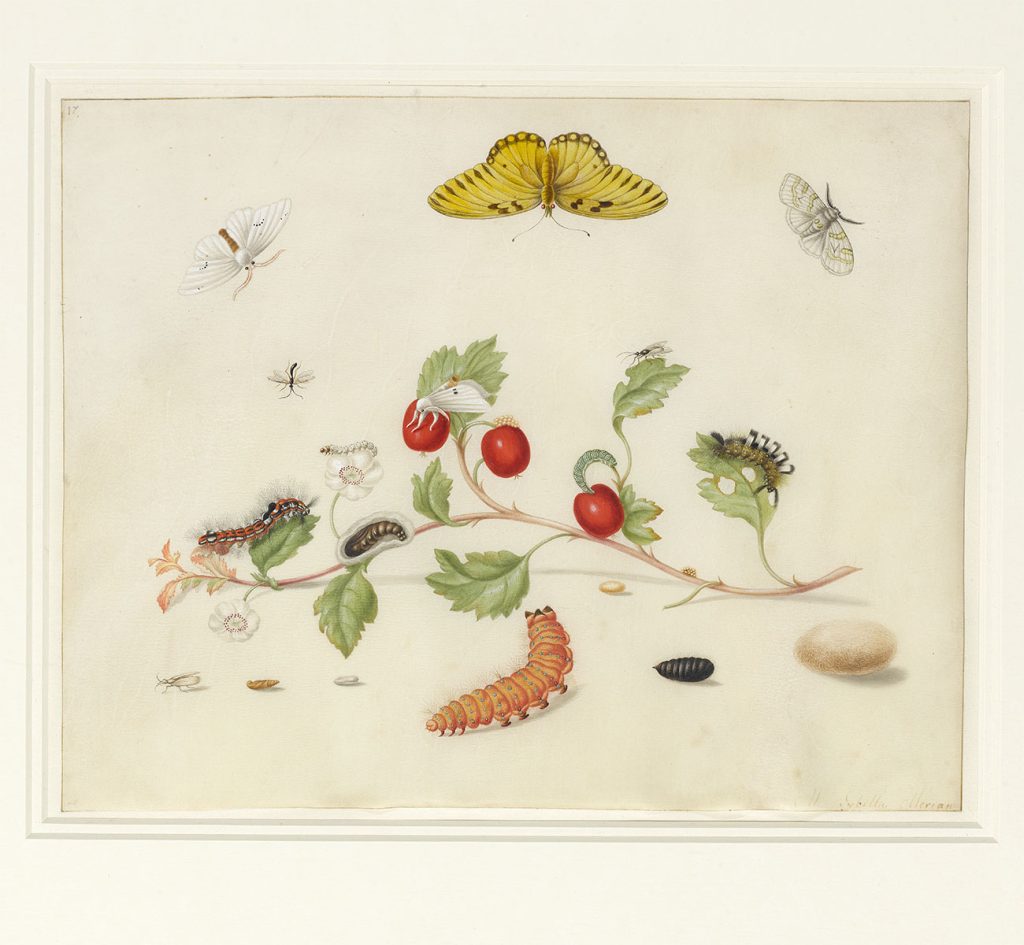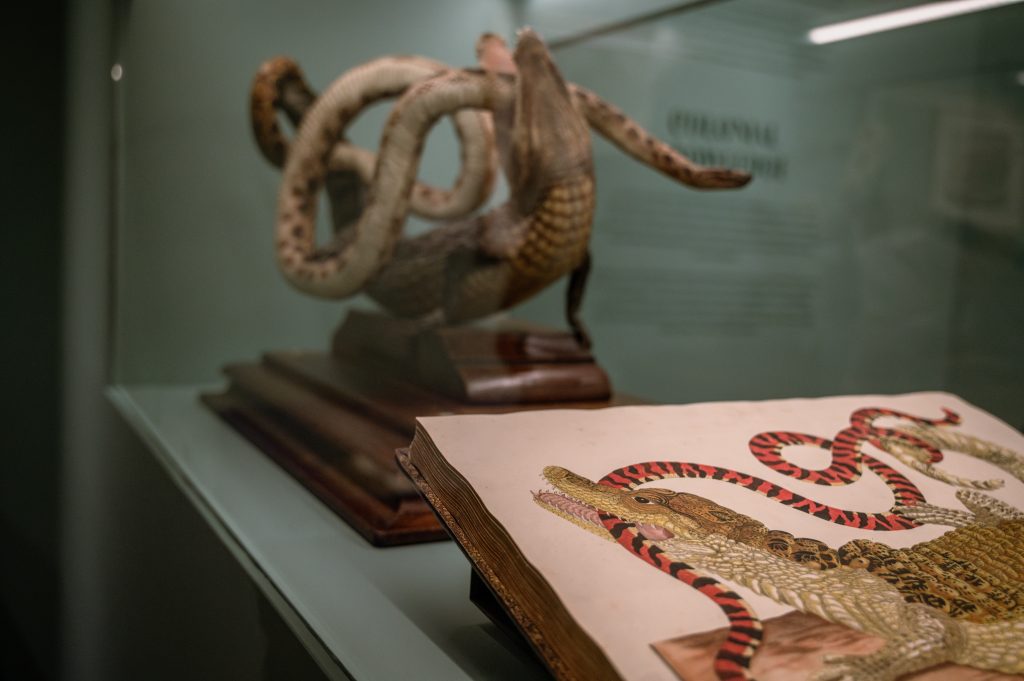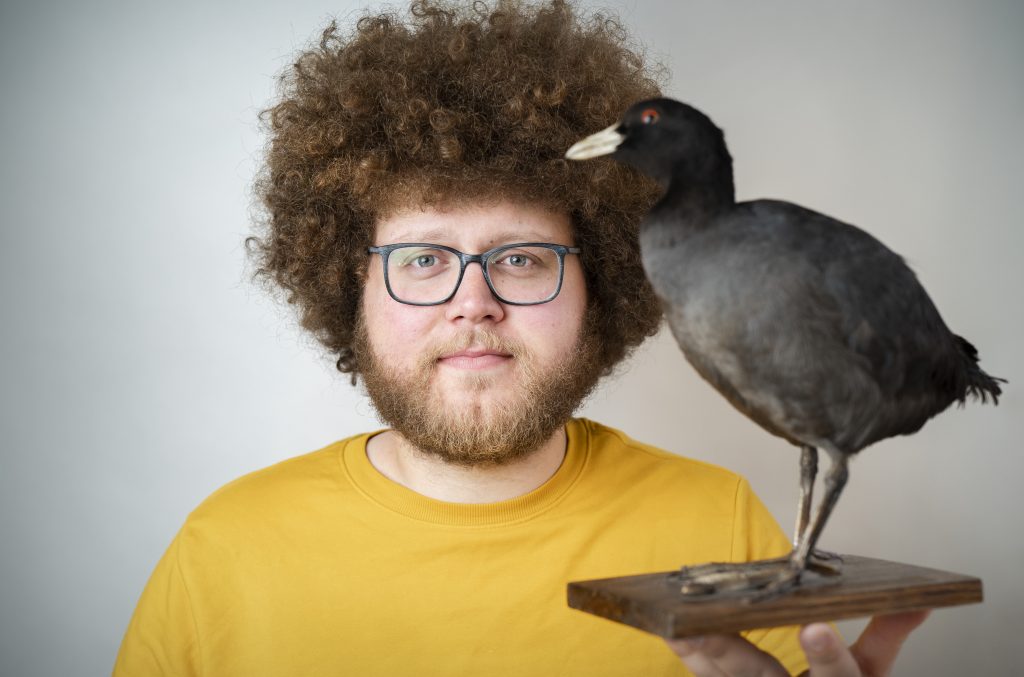The call of the o’o. Nature under pressure.
On display from august 30 till januari 26 2025
Dodo, Quagga, and Hawaiian O’o come back to life
We will never know what the dodo sounded like. But we do know the call of the extinct Hawaiian bird, the Kauai o’o. In the late 20th century, the song of the very last male was recorded.
You can hear this sound in the exhibition The Call of the O’o: Nature Under Pressure. The exhibition explores how Western Europeans relate to nature, how this can be explained by looking at history, and how we can move forward into the future with new insights.
The Call of the O’o is based on the natural history collections of Allard Pierson. Famous drawings, books, and prints from the rich Allard Pierson Artis Library are complemented by pieces from other museums and archives.
Works by artists such as Mark Dion, Damien Hirst, and Milah van Zuilen highlight the impact of history on the present. Current scientific developments are also showcased, including through an audio tour and public programming.
